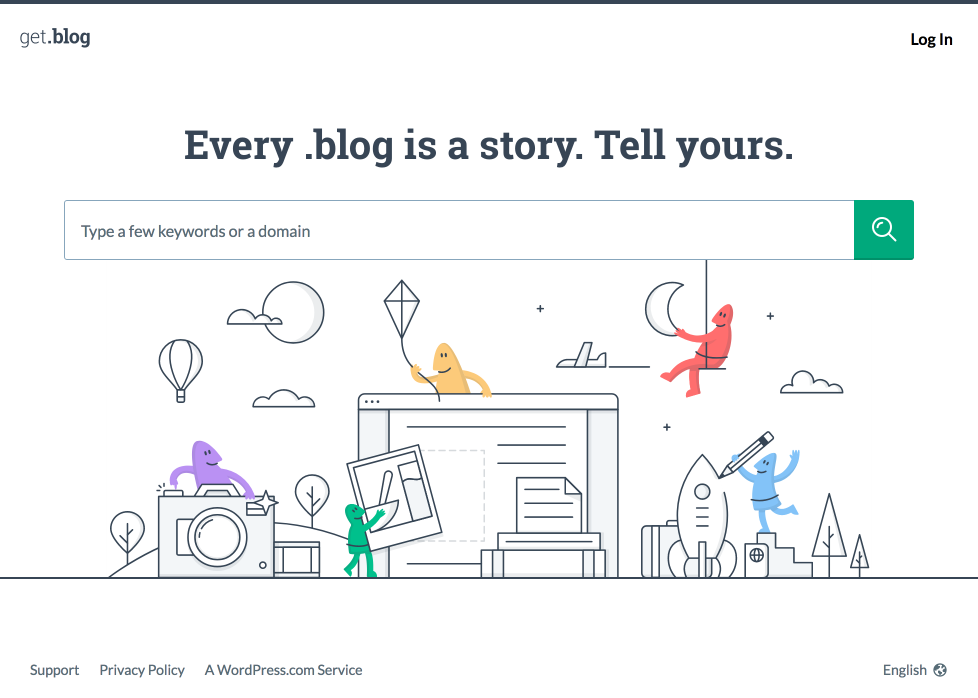As designers, we spend most of our time solving problems for our users by building products. How can we save a user time on a task? How can we make an experience more delightful? What do we need to build to help a user accomplish their goal?
However, sometimes we can create more value by strategically removing a feature that no longer serves our users. Sunsetting a project that didn’t work out as planned should ultimately be considered a normal part of a healthy product development process.
Why sunset?
There are many reasons to kill a feature or product, but they generally tend to fall into one of two categories.
The Lost Bet
You see this situation most often. Major assumptions you had going into a project were not validated. Maybe there was data you couldn’t collect until you had something live. Maybe you completely overlooked an assumption you were making, and no number of iterations were going to dig you out. Either way, take a good look at what you were trying to achieve and whether or not what you shipped met that goal.
Vision Misalignment
This can be trickier. The product or feature actually worked out, but wasn’t well aligned with your core vision. This case can be a tough prioritization call, as you are likely choosing to let go of something that has had some level of success. But this is why you have a product vision — to help guide you in these moments and act as a North Star.
The bright side of sunsetting
At Automattic, we’re building products at scale for millions of users. It’s a complex and varied user base, where it’s easy for countless features to creep in while trying to meet the needs of so many different people. Everything we build should be paying rent — if not directly in revenue, then in clear user and business value.
In the end, a healthy practice of sunsetting goes beyond the impact on your products. It’s really a promise to both your users and your team members that you will focus on more important things. This mindset can have a huge impact on your company culture.
In particular, it will help keep you away from the investment trap — i.e. being too attached to your own ideas simply because of the time and resources you’ve already invested in them. This gives your team the freedom to focus on learning and outcomes so you can deliver more value in the future.
The case of get.blog
Last year, my team designed and built get.blog from scratch. Our goal with this project was simple but challenging: Make domains easy.
Historically, domain management features have not been designed with people in mind. If you’ve ever had to mess with “DNS” settings or “EPP” codes, you know how complicated things can get. We wanted to change that.

While we did succeed in drastically simplifying the domain experience, we later determined that the product no longer made strategic sense. While this was a particularly tough decision, we’re refocusing efforts on making domains on WordPress.com better, using what we learned on this project to impact millions of users on our primary platform.
Deciding to sunset products or features can be difficult. It often means letting go of something you worked hard on and may feel strongly about, as we did with get.blog. But in the end, sunsetting helps teams put their energy and resources towards the right things. Refocusing on learning and results rather than output will make your team stronger and help you deliver more value to the users you serve.
This post was originally published on our new Automattic design blog.